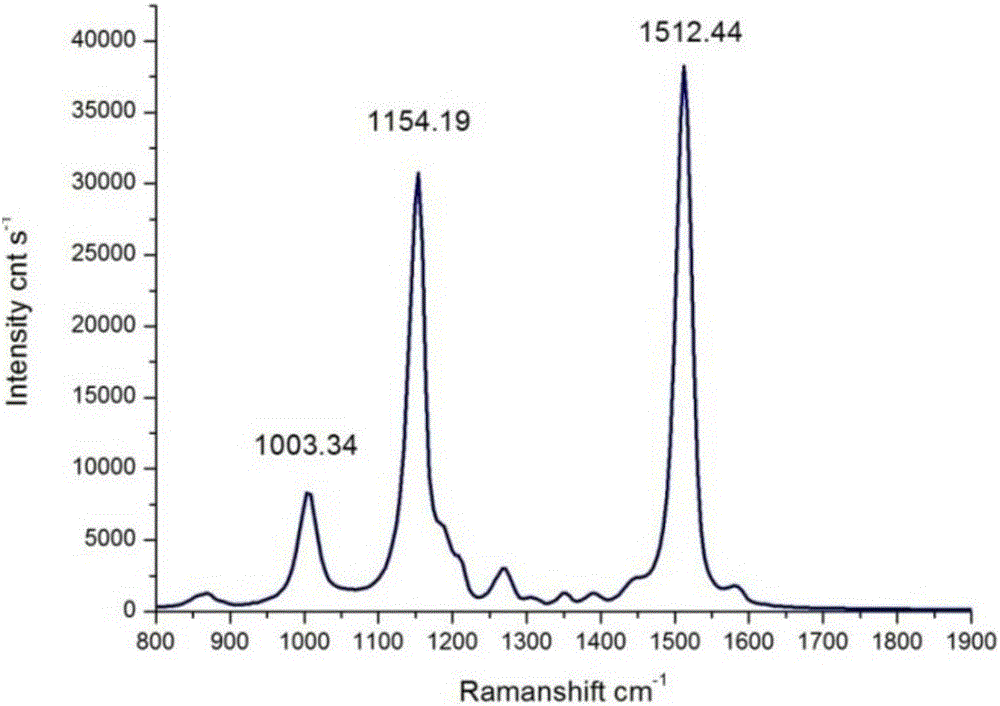Method using Raman spectrum to detect beta-carotene content in fruit
A Raman spectroscopic detection and carotene technology, which is applied in the field of non-destructive testing of fruit and vegetable quality and spectroscopy, can solve the problems of high operation requirements and reduced separation effect, and achieves the effects of high prediction accuracy, easy portability and fast analysis.
- Summary
- Abstract
- Description
- Claims
- Application Information
AI Technical Summary
Problems solved by technology
Method used
Image
Examples
Embodiment Construction
[0037] The detection method of the present invention will be further explained below in conjunction with the accompanying drawings.
[0038] In this embodiment, loquat fruit is selected as a test sample.
[0039]The loquat fruit sample was "Red Haired Girl" in Tangqi, Hangzhou. The sample collection time was April 28, May 8, and May 16, 2014, respectively, corresponding to the immature stage, mature stage of loquat fruit Early stage and full maturity stage. A total of 67 effective samples were obtained, 22, 22, and 23 at each stage, 45 of which were calibration sets, and the remaining 22 were prediction sets (p=45, q=22). After the sample was obtained, the sample was stored in a refrigerator at 4°C, and it was taken out 2 hours before the test and placed at room temperature.
[0040] The Raman spectrometer used in this embodiment is the Raman spectrum of the loquat fruit collected by the QE65pro of OceanOptics. The basic parameters of the instrument include:
[0041] Laser ...
PUM
| Property | Measurement | Unit |
|---|---|---|
| wavelength | aaaaa | aaaaa |
Abstract
Description
Claims
Application Information
 Login to View More
Login to View More - R&D
- Intellectual Property
- Life Sciences
- Materials
- Tech Scout
- Unparalleled Data Quality
- Higher Quality Content
- 60% Fewer Hallucinations
Browse by: Latest US Patents, China's latest patents, Technical Efficacy Thesaurus, Application Domain, Technology Topic, Popular Technical Reports.
© 2025 PatSnap. All rights reserved.Legal|Privacy policy|Modern Slavery Act Transparency Statement|Sitemap|About US| Contact US: help@patsnap.com



